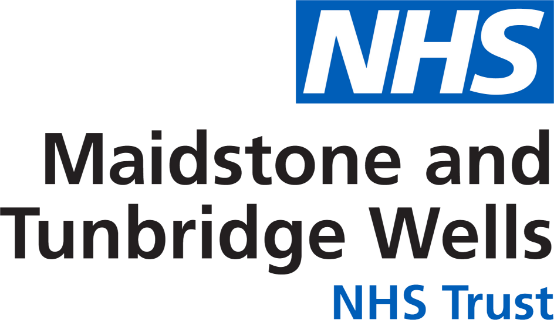Delivering a D2A model for health and care partners throughout COVID-19
How we have worked with health partners in Kent to ensure efficient patient flow throughout the pandemic
CHS Healthcare was commissioned to help build an integrated discharge team, which could manage patient flow throughout the pandemic and moving forward
Over 9 months of the pandemic, 890 patients were efficiently discharged from hospital into the right care setting
The average time taken to discharge a patient safely into their care setting was less than 2 days
With ongoing and dynamic complexities in the hospital discharge process, we’ve been working in collaboration with partners across Kent, including Maidstone and Tunbridge Wells NHS Trust (MTW), Kent Community Health NHS Foundation Trust (KCH), the clinical commissioning group, the local authority and other partners, to ensure this process is as efficient and safe as possible.
Prior to the COVID-19 pandemic, we worked with MTW and KCH to protect acute capacity by improving patient flow. Our service found temporary care for people who were waiting for Continuing Healthcare funding rather than having to stay in a hospital bed unnecessarily.
We worked with these partners to build an integrated discharge team, which helped foster relationships and a culture of trust. The whole team, comprised of staff from MTW, KCH social services and other partners worked closely and collaboratively. This meant that cross-organisation colleagues could talk to each other and make plans for people with complex needs with greater ease. Because we had such strong relationships in place, we were able to react quickly to the pandemic’s shift to home working, without losing those connections.


In March 2020; at the start of the pandemic, we were asked to lead on the discharge of all patients requiring any sort of additional care. Our team was able to quickly shift to this new demand. We were able to enhance our service from sourcing beds and packages of care for self-funders to the entire population of patients who needed some form of care package when they left hospital, regardless of the funding stream.
At the beginning of the year, we were placing approximately 30 patients a month, but from April we began placing in excess of 100 patients per month, with an average discharge time of 48 hours from the referral. The pressures of the pandemic meant the MTW and KCH needed greater patient flow management, with more demand on both the quantity and speed. This service has been managed in collaboration with the local authority as well as care providers to ensure that patients are still being placed in the most appropriate location based on their needs.
After the patients leave the acute setting, we have also been monitoring them, using a specialised tracking system, under the discharge to assess model. Through this, we’ve ensured that MTW and KCH know where their patients have been placed, what package of care they are receiving, and any limits on that care package.
Having an integrated team has been hugely successful, as we have been able to bring our expert local knowledge of care homes directly into the referral and discharge process to ensure it is still completed as efficiently and effectively as possible for each individual. As a result, data flow has improved, providing us all with a clearer picture of the situation across the patch, allowing the team to identify and resolve issues much quicker. As a result of this, more discharges were completed keeping up with the pressures of the pandemic while still ensuring the quality of the placement. Between March and November, 890 placements were made.
This model of rapid discharge and tracking has not only created capacity within the hospital but has also facilitated significant cost savings.
Our success has come from tight coordination between stakeholders and a clear understanding of responsibility, as well as a thorough hospital referral process and ongoing communication with care homes. Strong data recording and reporting systems have allowed for oversight of patients placed under COVID-19 funding and the required next steps. Additionally, we strengthened trust with care homes by ensuring that there was complete transparency about patient COVID-19 testing and that we did not discharge patients until a negative test was recorded. This in turn allowed care homes to feel confident in our approach and increased their willingness to accept patients.
Especially during the COVID-19 pandemic, we can’t stand still when it comes to making improvements to patient care, as needs and demands are constantly changing, which create new challenges and opportunities for us to work with.